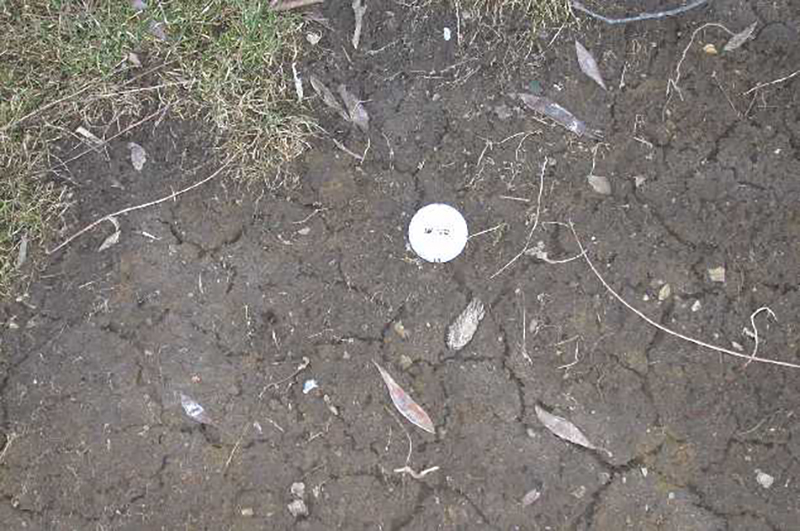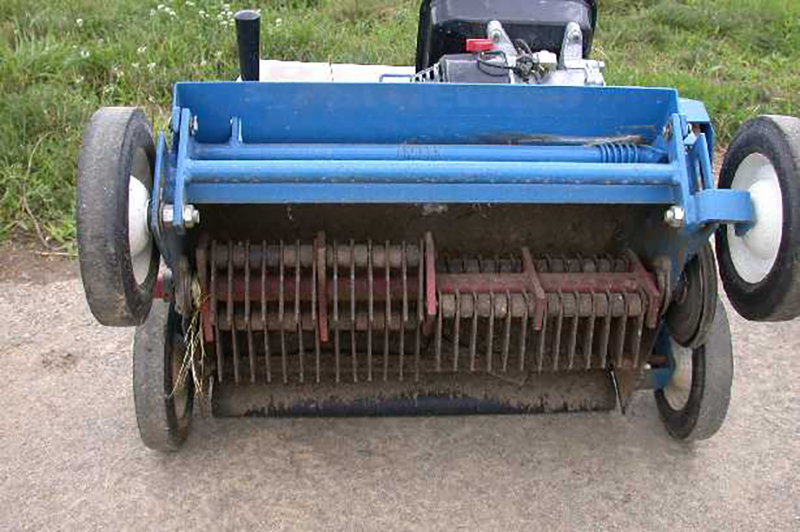Picture of the week
February 27, 2023
Late Winter or Very Early Spring Overseeding to Reduce Summer Weed Problems
Glenn Hardebeck, Turfgrass Research Agronomist, Purdue University
Promoting a thick, healthy stand of turfgrass is the best form of weed control. While proper fall fertility provides the first step toward reconditioning a lawn after a tough summer, fall overseeding may also be necessary when baseball to softball size holes are present. Fall has passed, but there may still be time to overseed with some benefit.
Click images to enlarge
Grass seed can be particular when it comes to planting for good germination. If it's buried too deeply or if it's laying loosely on the soil surface germination will be spotty and thin. Grass seed must be in solid contact with the soil to reduce the chance of the drying out too easily. To accomplish good seed to soil contact a power rake or slicer can be utilized to create shallow grooves in the soil (<1/4"). Seeds that fall into these grooves have a much better opportunity to germinate. Another method to achieve good seed to soil contact is to spread seed before or during freeze/thaw cycles. During a freeze period, the soil surface tends to "honeycomb" opening the surface slightly. As the soil thaws, the open spaces tend to close. This action works the seed into the soil surface enough to accomplish good seed to soil contact.





